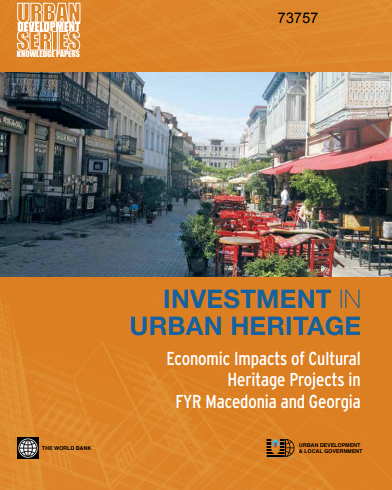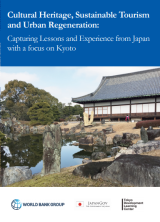
-
Country/City
ECA
-
Topics
Sustainable Tourism, Cultural Heritage, Urban Planning
-
Published On
June 12, 2012
-
Author(s)
David Throsby
Although World Bank projects in the cultural heritage field are subject to the usual assessments that are applied to any project implementation, little is known about the subsequent performance of these projects in the years post-completion. This study was undertaken to provide some empirical evidence for the economic impacts of cultural heritage investment. Two case studies were chosen for this purpose, in the historic town centers of Skopje, former Yugoslav Republic of Macedonia, and Tbilisi, Georgia, respectively. The economic principles those are important for the analysis of cultural heritage investment decisions make use of concepts such as scarcity, opportunity cost, and public preferences.
The study confirms the positive impacts of the investments. In the Macedonian case, the project helped to stimulate an ongoing investment of US$2.5 million in the project site, the Skopje old bazaar. Tourist numbers increased compared to the control site in Prilep; between 2005 and 2010, daily tourist numbers in the Skopje Old Bazaar increased by 90 percent compared to a slight decline in Prelip. Employment also grew more rapidly in the target site than in the control area. This study leads to some lessons for the design of heritage projects and for the conduct of an ex post economic impact evaluation.


